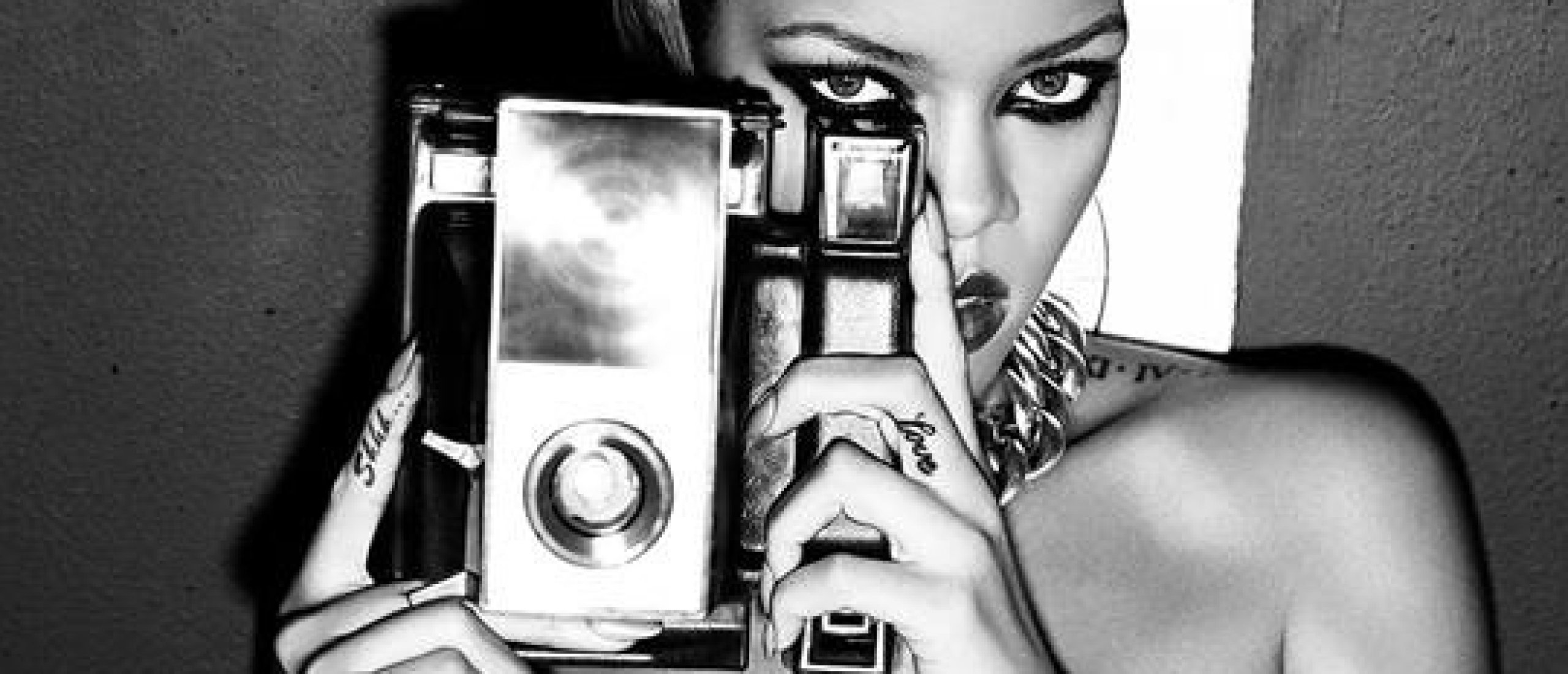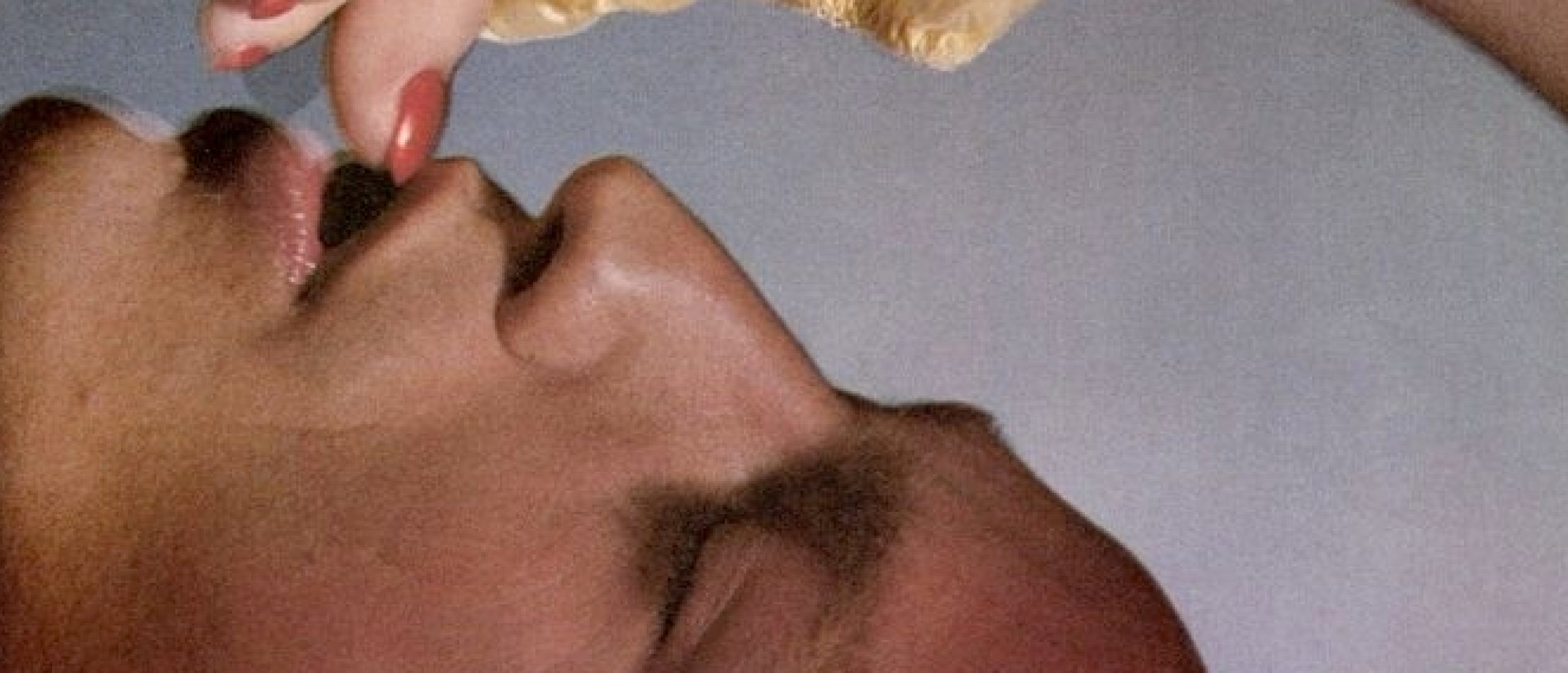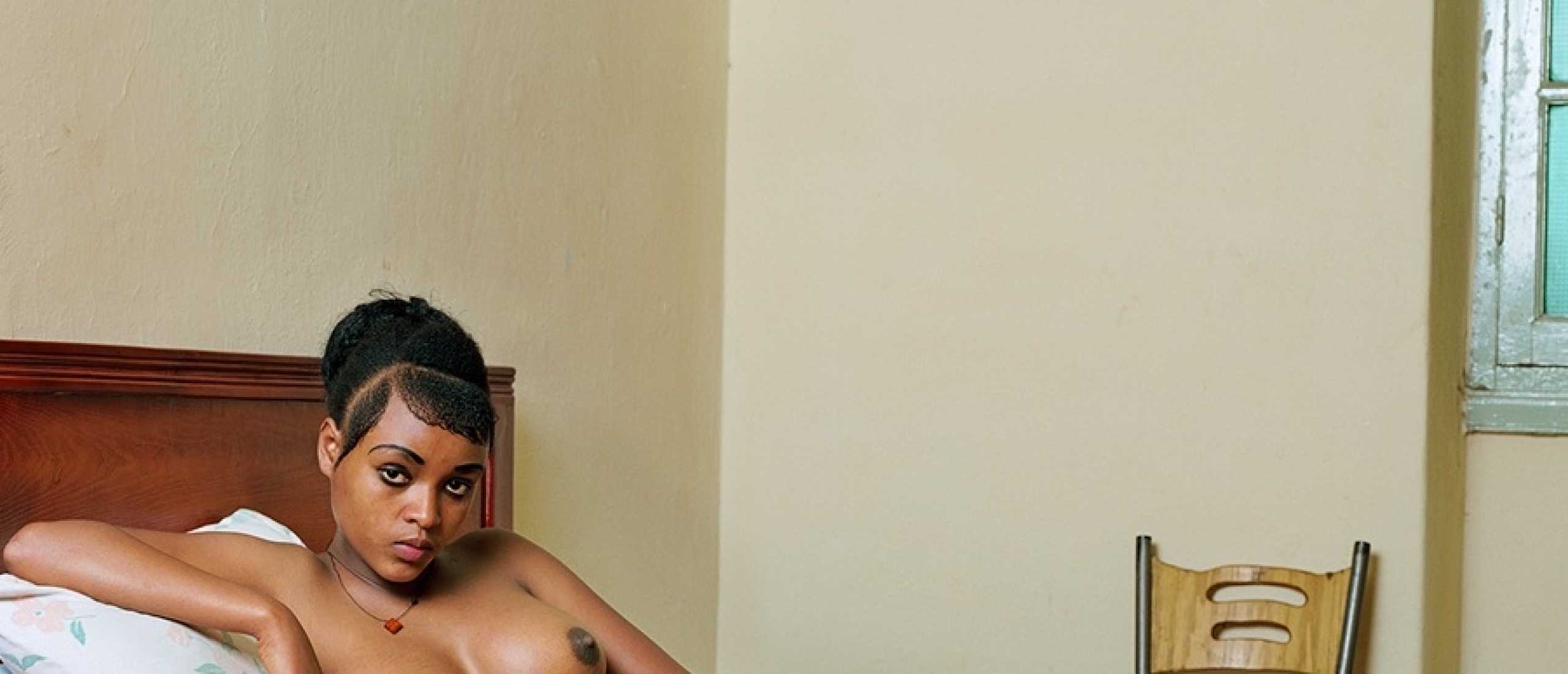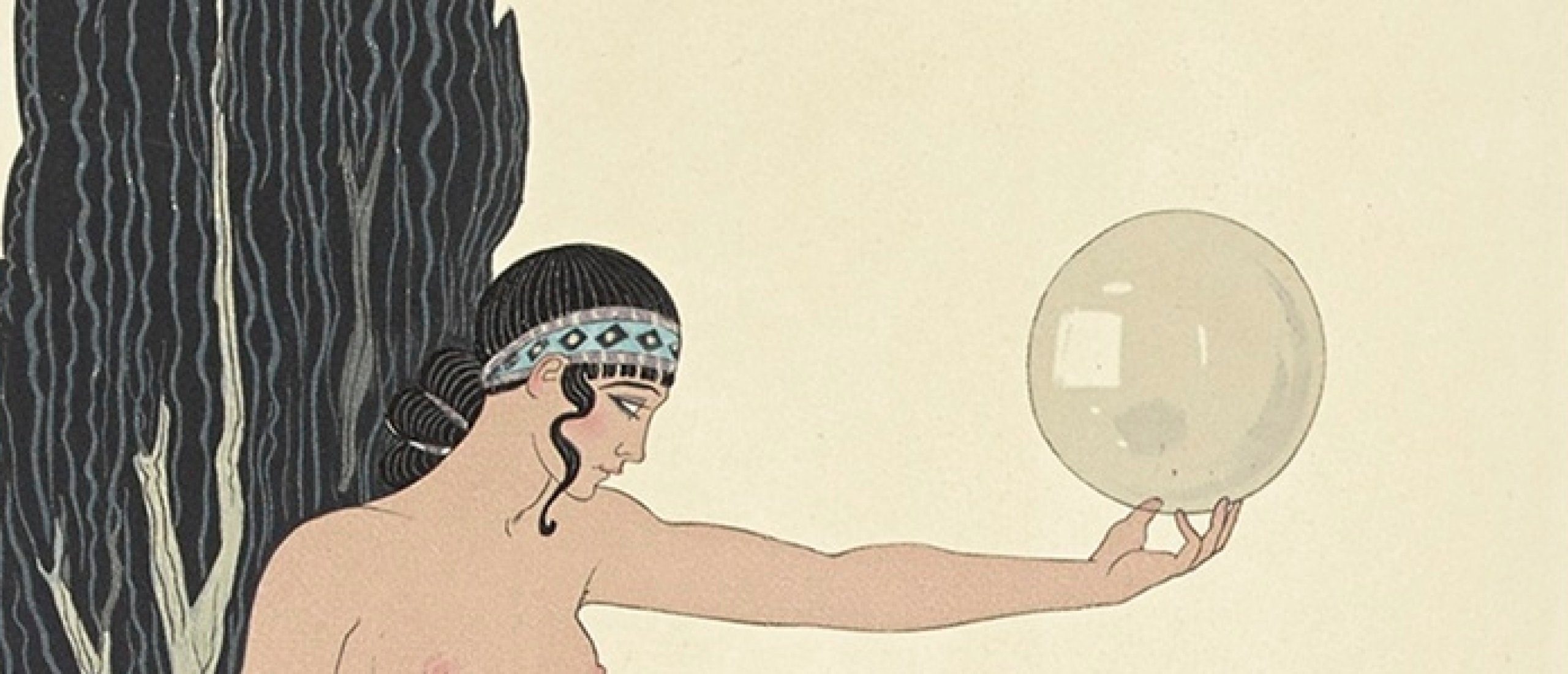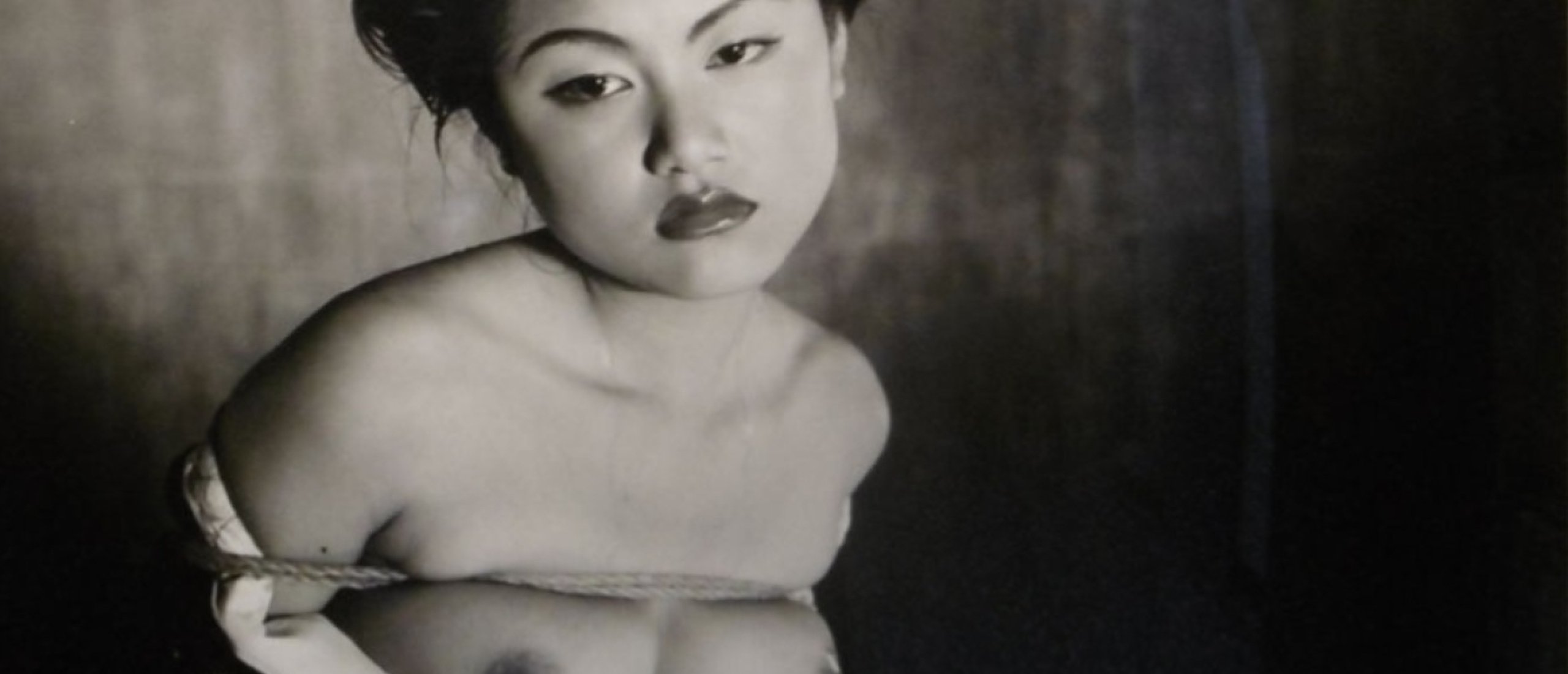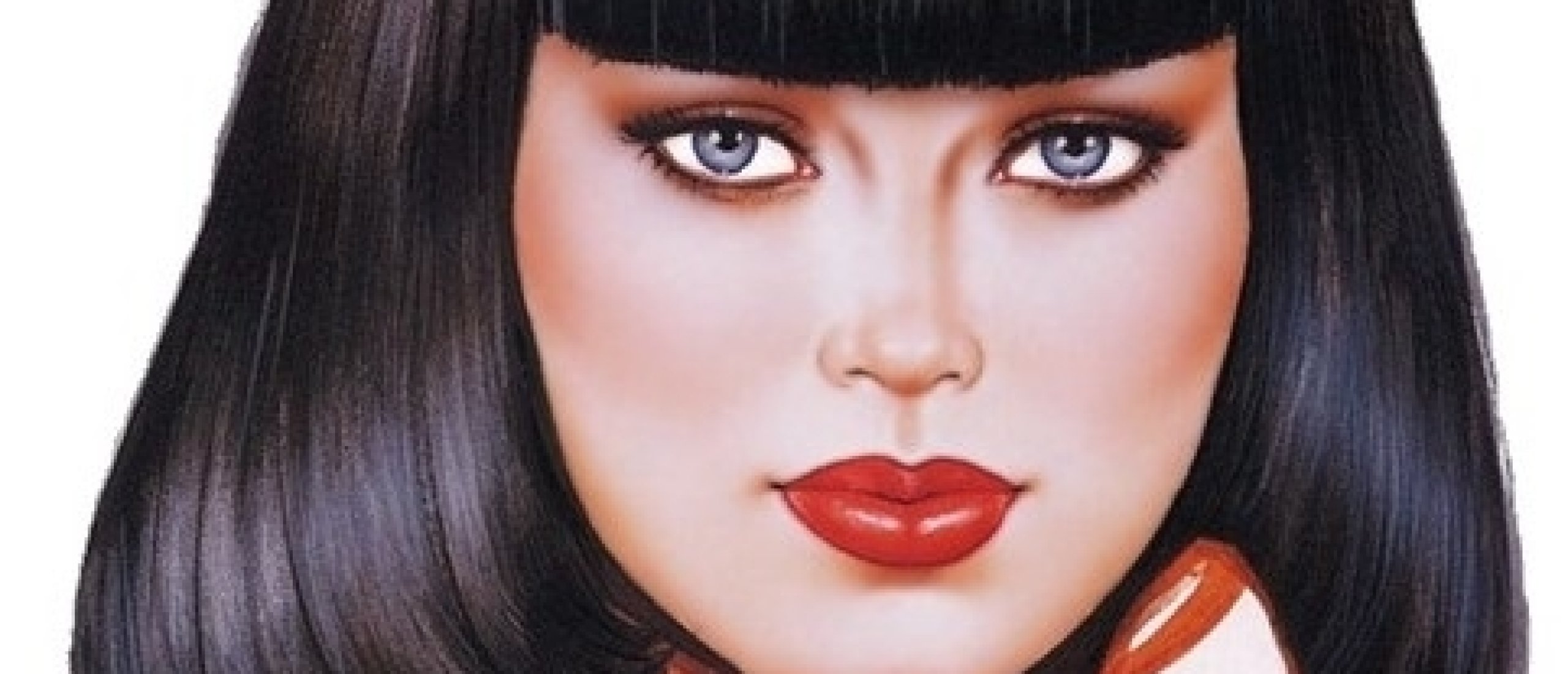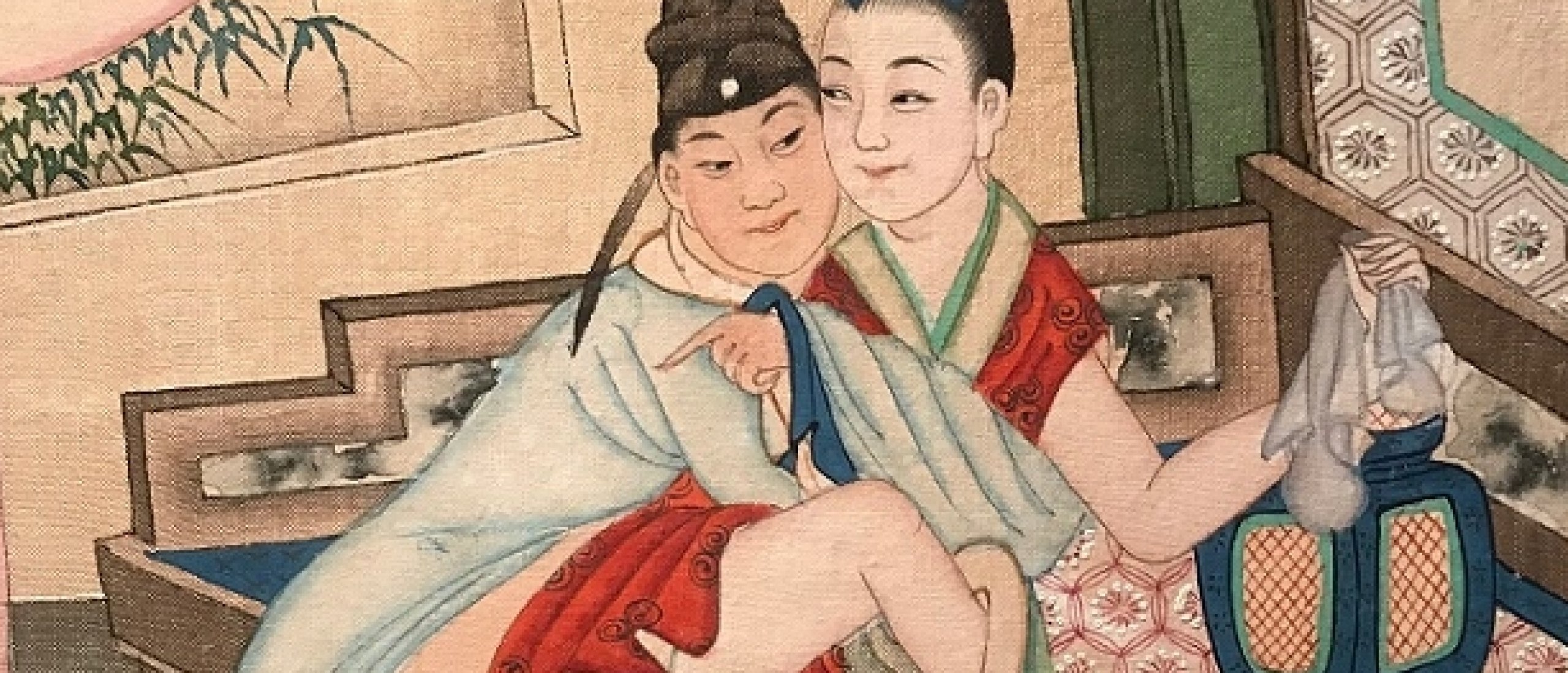
In the ever-evolving realm of erotic art, the queer canon pulses with a particular kind of electricity—defiant, decadent, and deliciously subversive. It is a canon born not of consensus but of confrontation; it sidesteps traditional narratives of desire in favor of those that shimmer with ambiguity, challenge, and the thrill of transgression.
Sexual fantasy, objects of desire, fetish, taboo - across centuries and cultures, queer artists have found order in chaos, beauty in pain, and resilience in repression. Their creations form a powerful visual language that speaks of pleasure, identity, and radical imagination. Whether painted, photographed, illustrated, or performed, queer erotic art is both archive and oracle—a dream of liberation told through the flesh.

Fig.1 ADS Vintage Homoerotic 1911 Adolfo De Karolis (1874-1928) Esposizione Turin, Italy Public Domain File Poster Nude
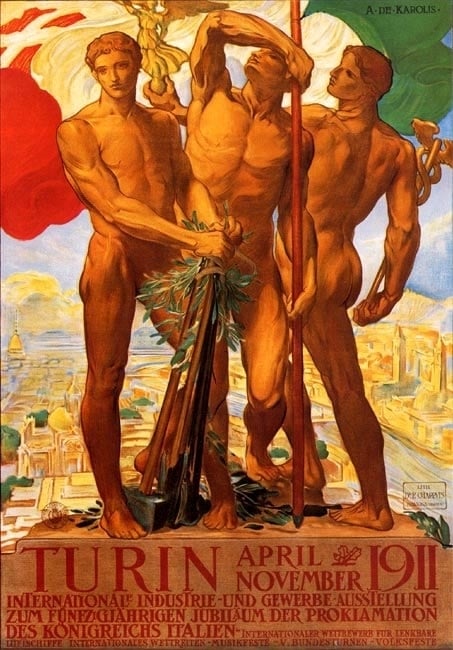
Fig.2 ADS Vintage Homoerotic 1911 Adolfo De Karolis (1874-1928) Esposizione 1911 Turin, Italy Homoerotic poster.
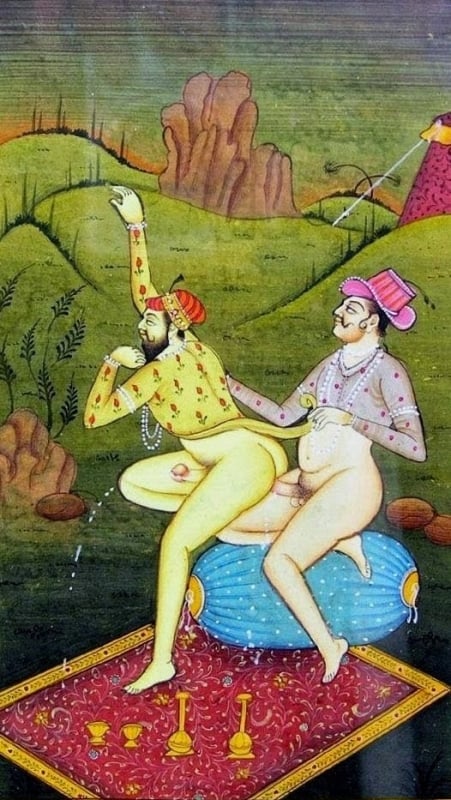
Fig.3 Anal sex between men (Gouache 18th century)

Fig.4 Androgyn, Fraulein Mia a man wearing high heeled shoes or a woman in a man s jacket and tie, 1927
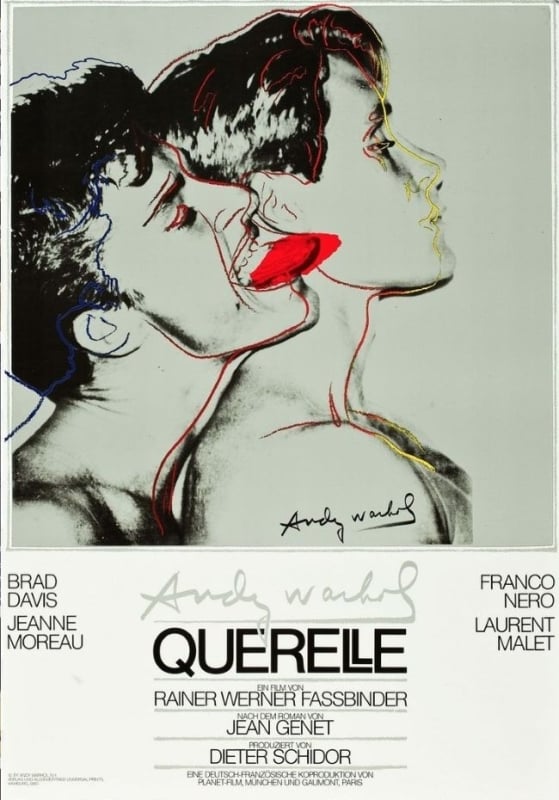
Fig.5 Andy Warhol, poster for Querelle by Fassbinder
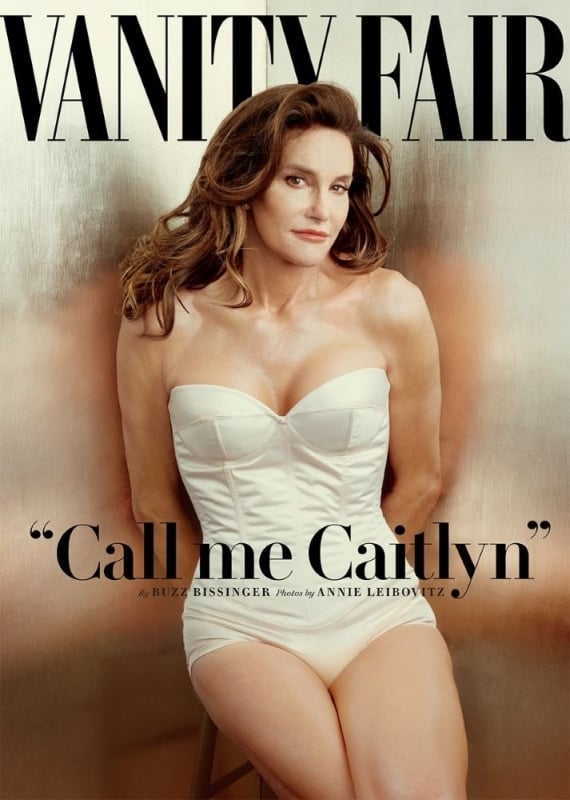
Fig.6 Annie Leibovitz Photographs Caitlyn Jenner for the July Cover of Vanity Fair
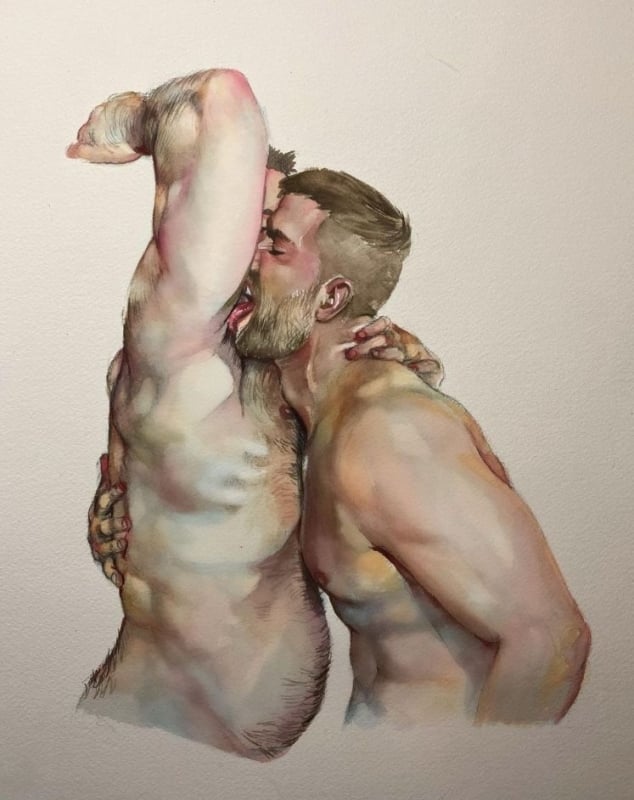
Fig.7 "Be free and full of love, Boys being boys" by Rene Farias
The Archive of the Obscene
Queer erotica has long lived in the margins and behind the coded languages: in zines, underground clubs, amateur photography, Polaroid diaries, and cruising stories whispered in the dark. It is an art of ephemera, of lived experience, often erased by official culture but surviving in fragments, tattoos, and grainy film stills.
From Shunga to Saint Sebastian: Historical Archetypes and Sacred Flesh
Erotic art is as old as civilization itself, but queer eroticism—particularly male homoeroticism—has long danced in the shadows, hidden from moral scrutiny or disguised in myth and martyrdom. In Japan, Shunga woodblock prints offered a candid portrayal of the erotic spectrum, including same-sex intimacy, long before Western societies would even whisper of it. Far from prudish, Shunga celebrated sensuality and desire, often highlighting the ecstasy of female pleasure and the poetry of gay relationships with an unblinking, uncensored gaze.
Meanwhile, in Europe, homoeroticism took refuge in religious iconography. Enter Saint Sebastian—the pierced, half-naked martyr whose agony inspired centuries of artists. Bound, vulnerable, and drenched in beauty, Sebastian became a queer icon, revered not only for his suffering but for the erotic energy that radiates from his wounded body. From Renaissance paintings to modern queer culture, he remains a symbol of spiritualized sensuality and queer resilience. Oscar Wilde, Derek Jarman, and Keith Haring were among his most fervent modern disciples.
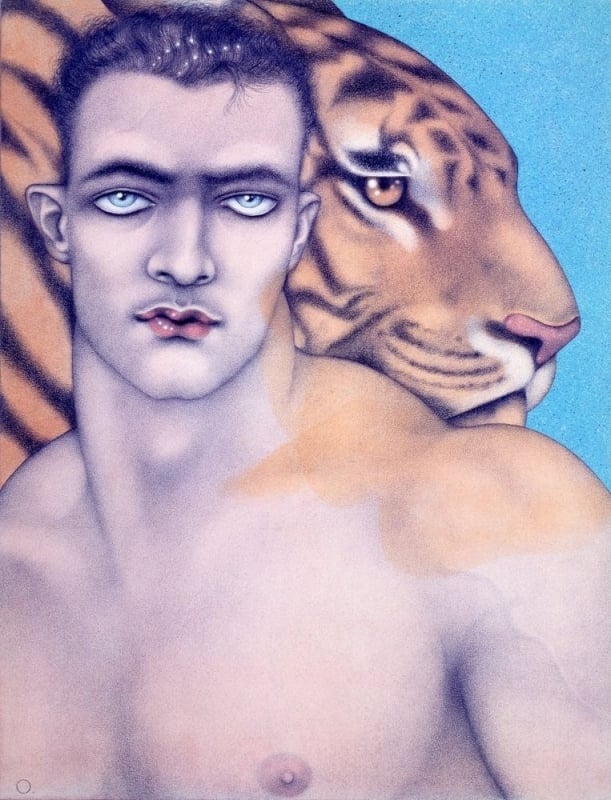
Fig.8 BIRTHMARK, 1982, by Mel Odom
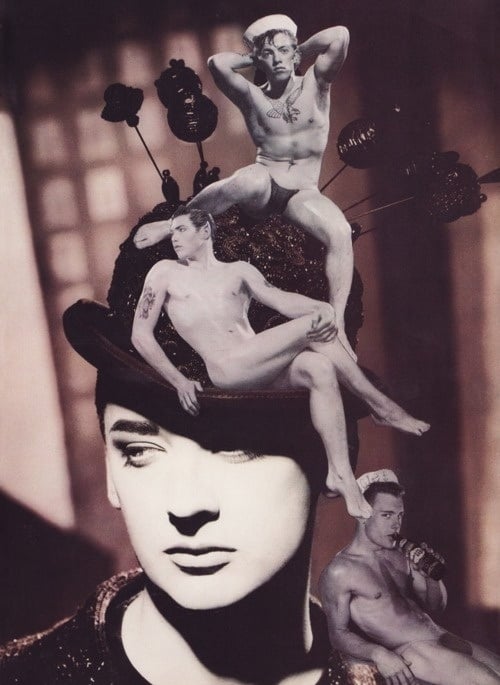
Fig.9 Boy George, Art Collage, Sept 1988, 100th Edition The Face Magazine

Fig.10 China Scroll Beijing, Qing dynasty, late 19th c
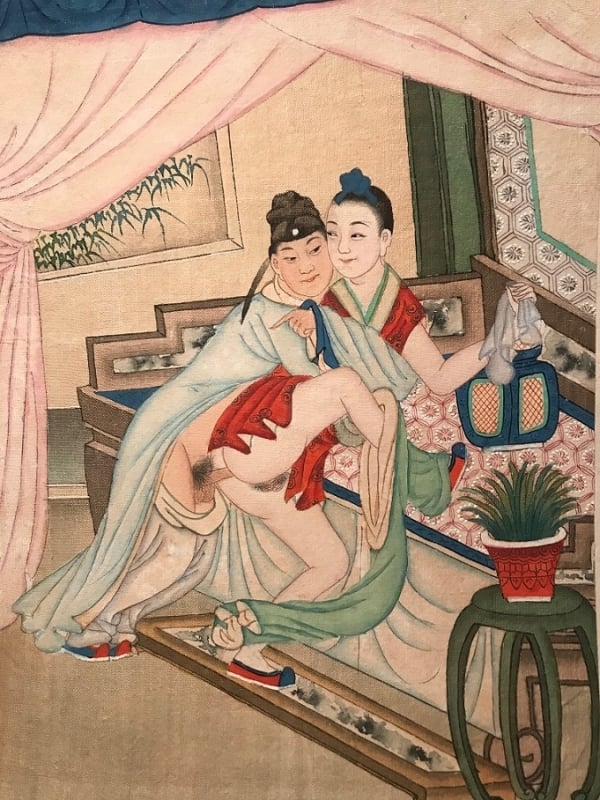
Fig.11 China Scroll Beijing, Qing dynasty, late 19th c
In the extended Premium edition of the article you can learn more about the early 20th-century artists like Toulouse-Lautrec and Wegener who depicted lesbian desire and gender fluidity, how Tom of Finland revolutionized queer masculinity with unapologetic eroticism and resistance, icons like Josephine Baker and Divine blurred gender lines through performance and drag, and how photographers and illustrators, from Newton to Instagram artists, explored fashion, fetish, and identity, and how queer erotic art reclaims taboo, centering pleasure, survival, and radical self-expression. Including many enticing "Queer" illustrations.
Click HERE for an overview of all the articles in the gay section.
Let us know your thoughts on this article in the comment box below...!!

